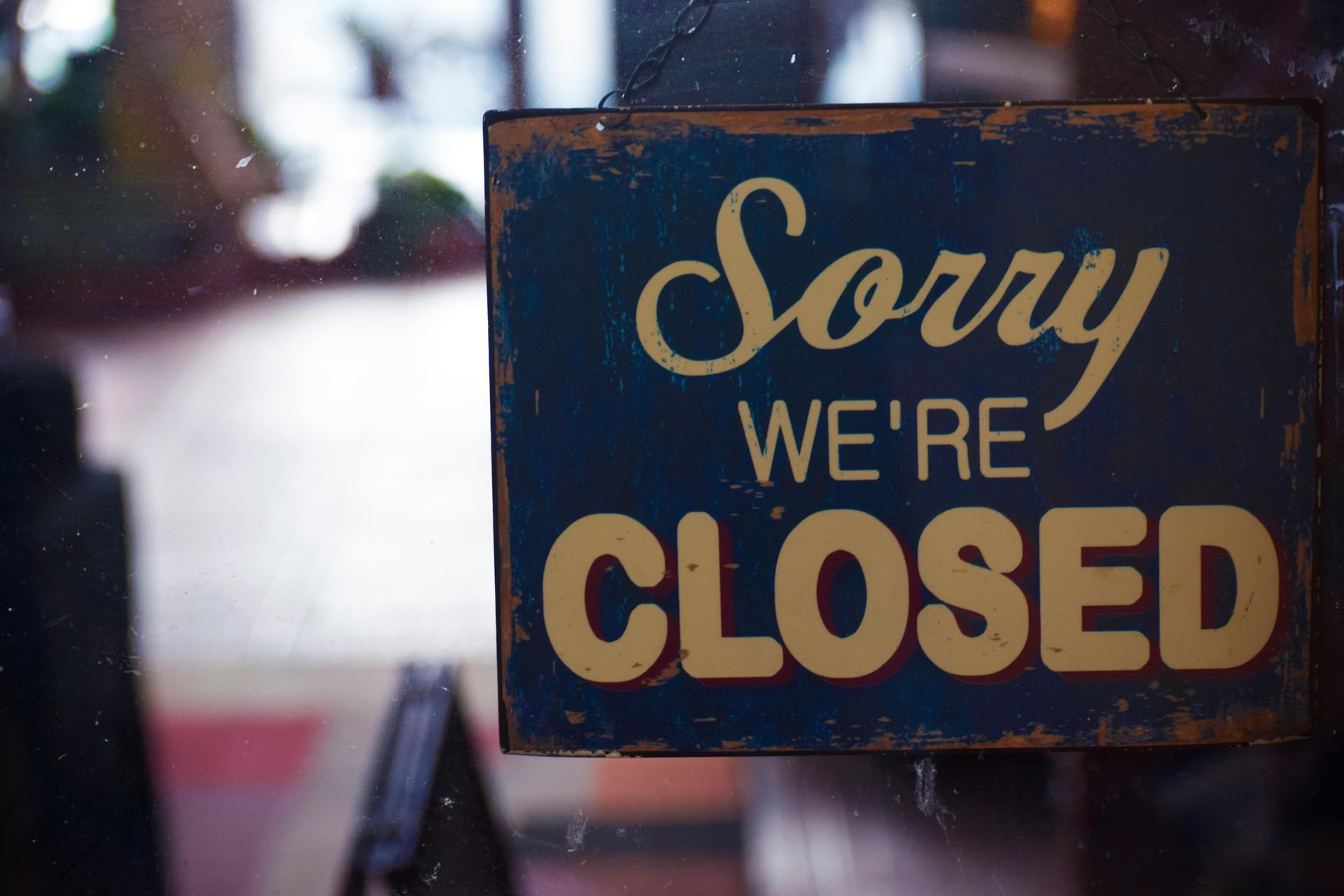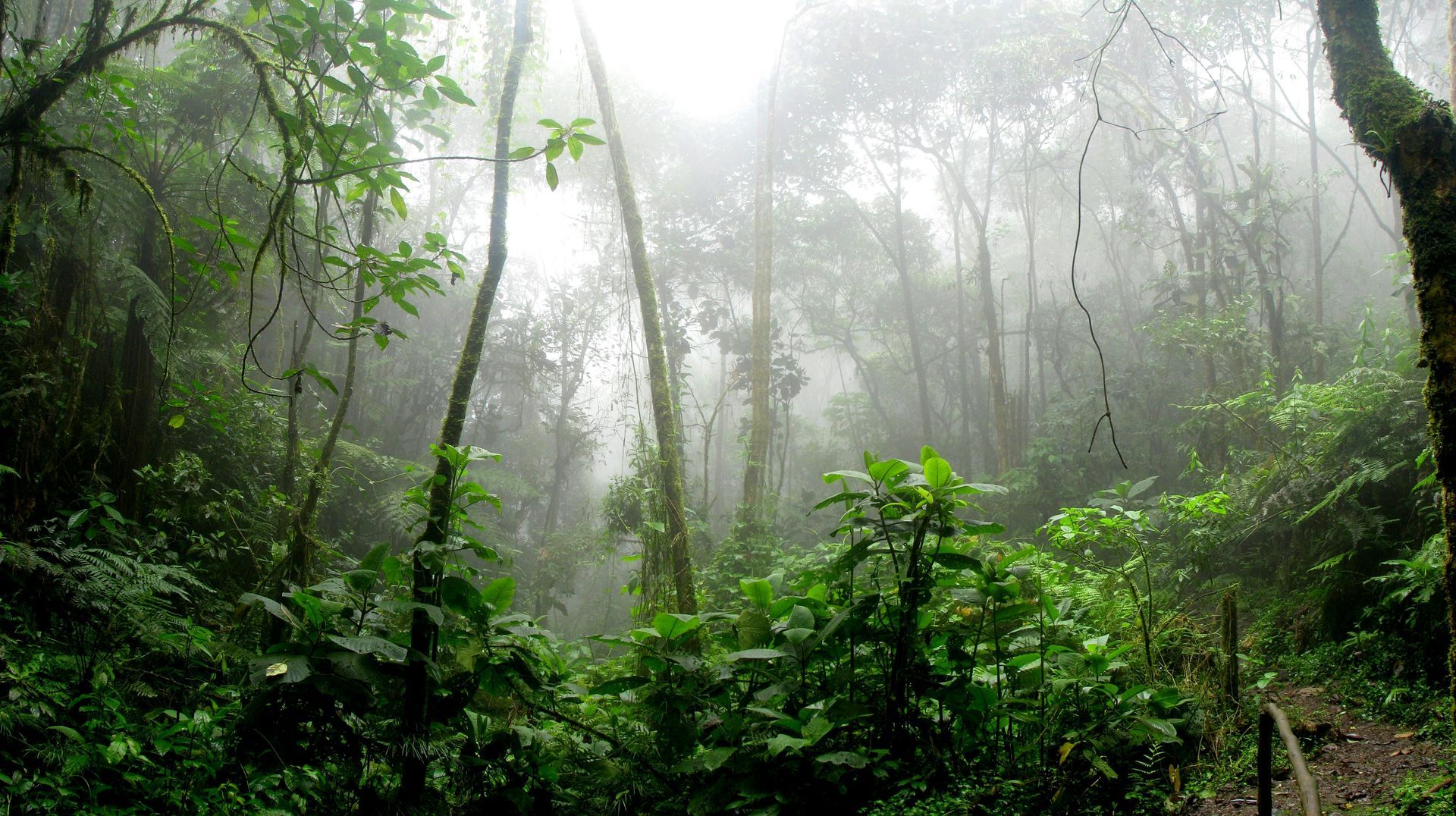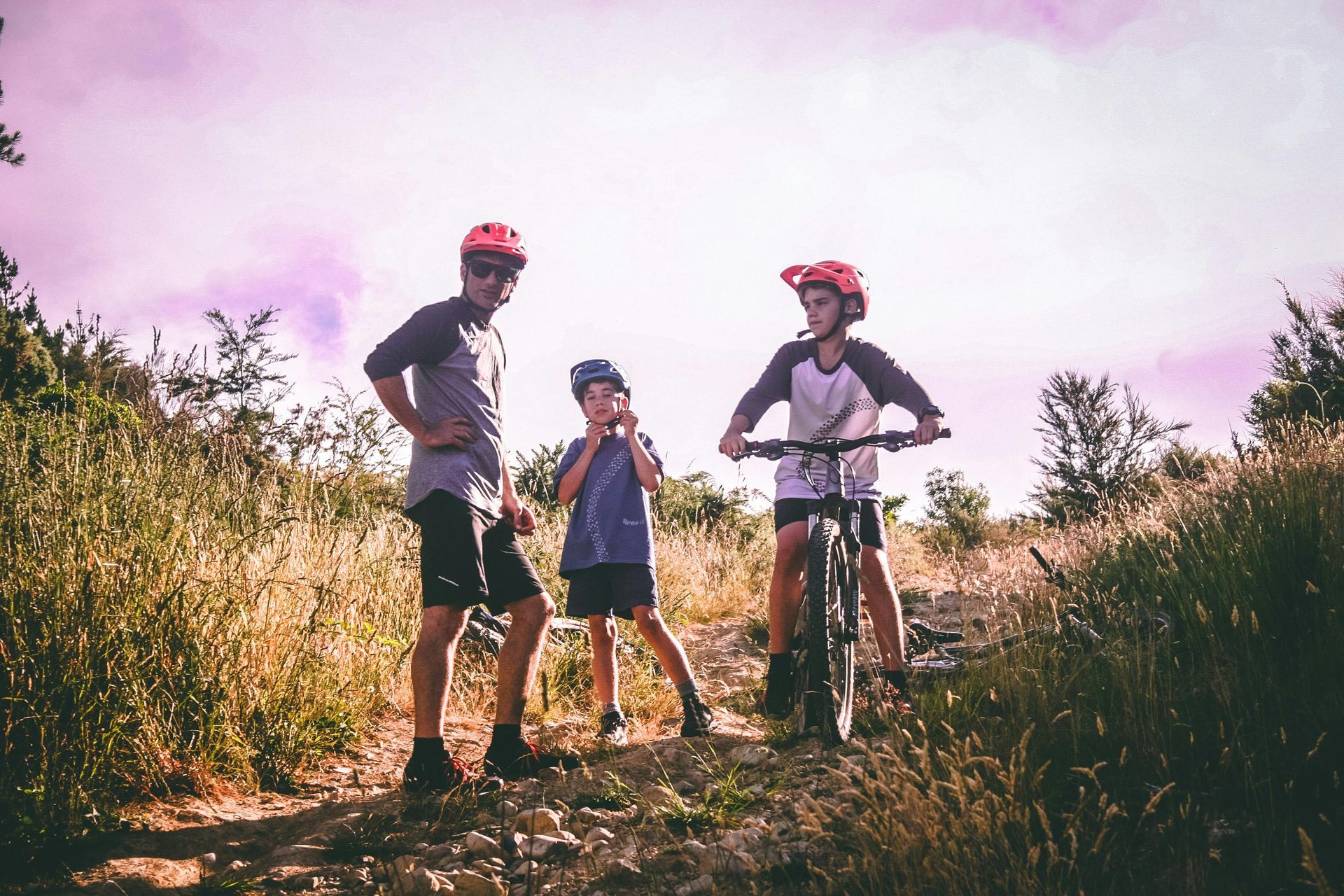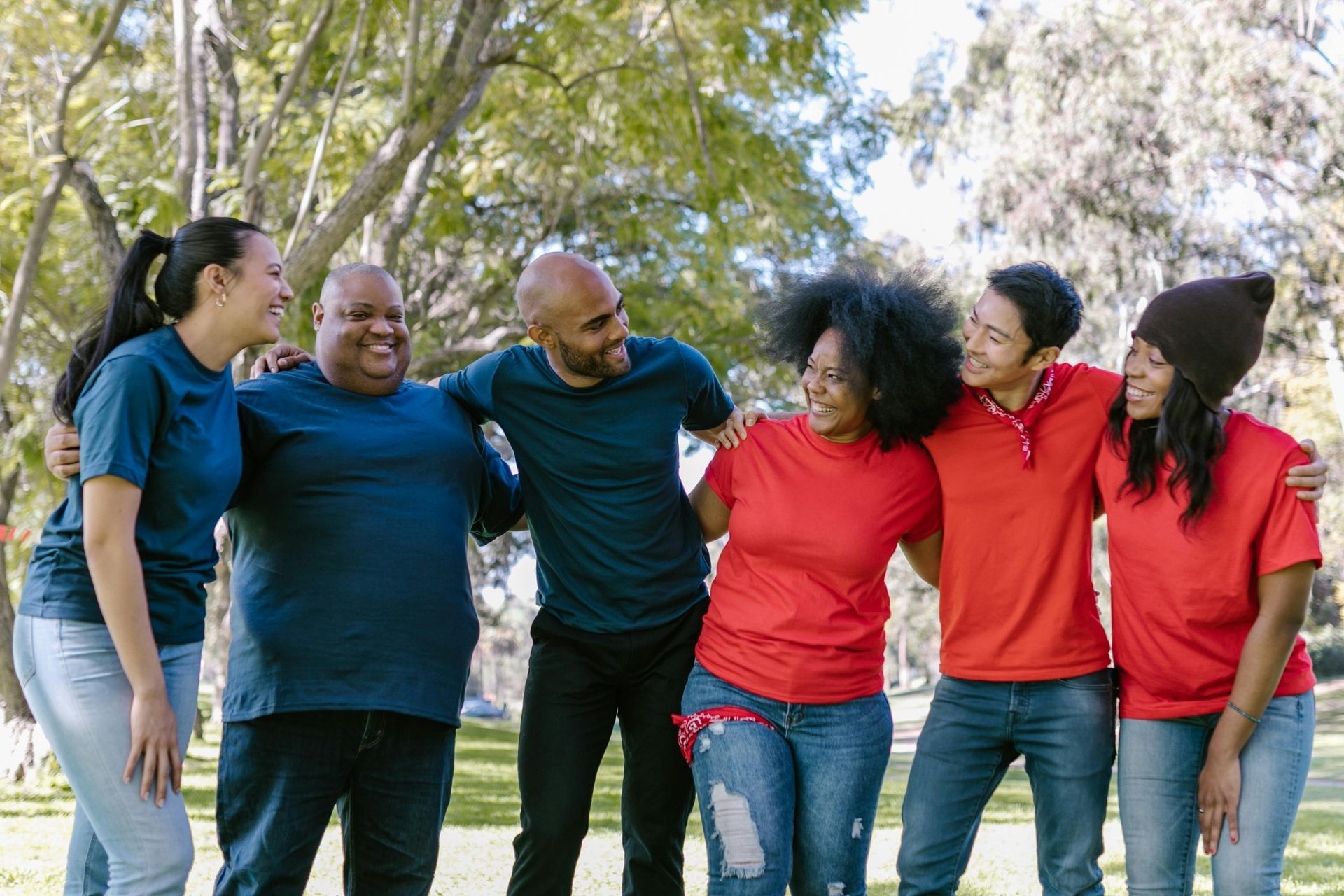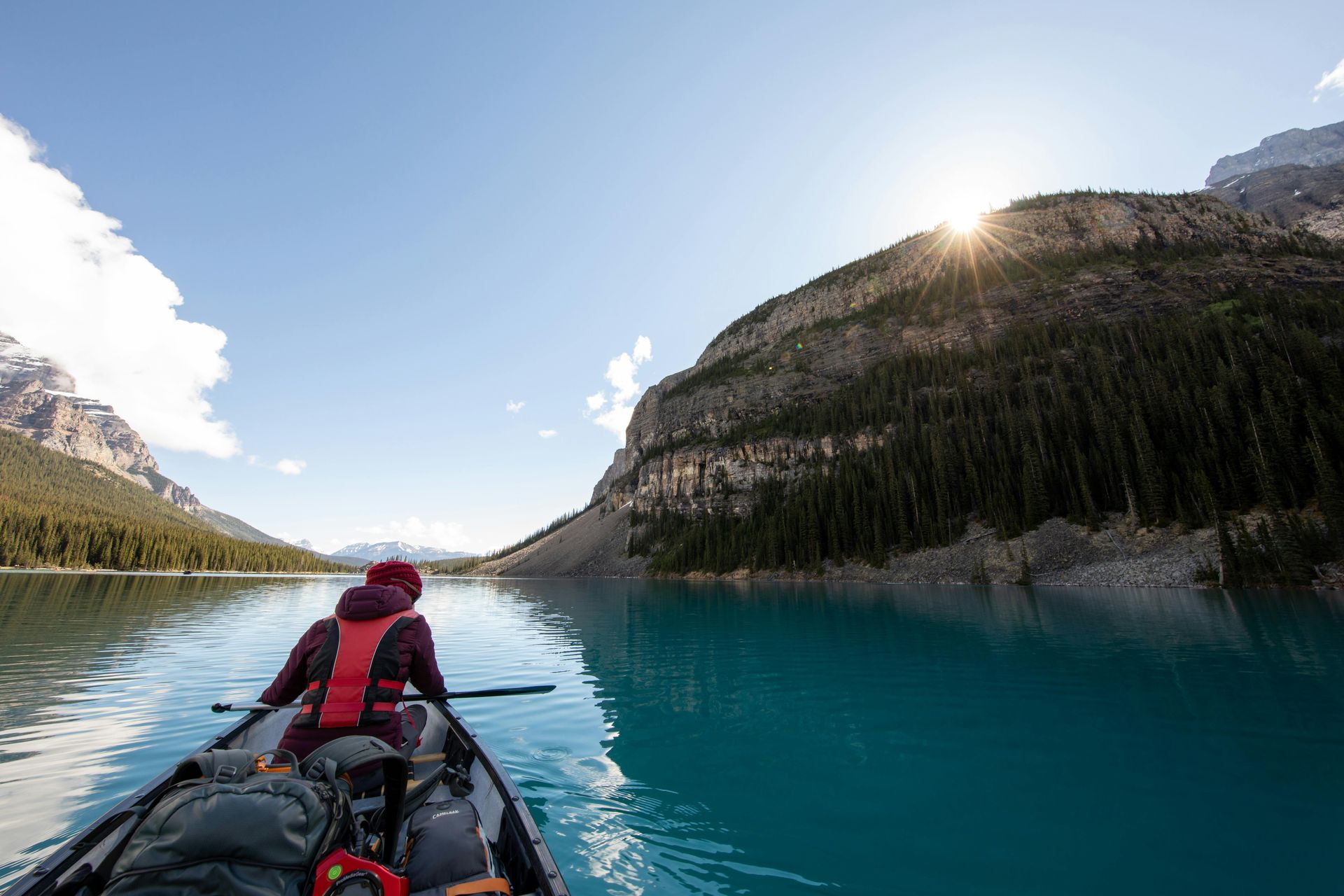A Denali Case Study: When Your Biggest Risk Isn't the Weather, It's Your Team
The "Dream Team" on Paper

On a high-stakes expedition, we often fixate on objective dangers: avalanche paths, sudden storms, and the sheer challenge of altitude. We write plans, check gear, and vet technical skills. But what if the most catastrophic risk isn't on the mountain, but standing right beside you in the base camp?
This is a story about a university expedition to Denali that went horribly wrong, not because of the weather, but because of a simple, overlooked human factor: staff conflict.
It's a powerful lesson for any school, university, or organisation that runs outdoor programs. It proves that your team's interpersonal skills aren't a "soft skill" they are your most critical safety tool.
The "Dream Team" on Paper
The plan for the student expedition seemed solid. To lead the group, the university paired a highly credentialed international mountain guide (IFMGA) with one of their own staff members. The thinking was sound: the IFMGA guide would handle the high-level technical safety, while the university representative would manage the clients and curriculum.
As the program director, experienced risk management consultant Paul Tame, spent months preparing the team with training weekends and curriculum planning. On paper, all the boxes were ticked.
But one crucial element was taken for granted. "I didn't really talk about conflict management enough," Paul admits. "I've been doing this for a long time and I still fail".
The Breakdown: When Conflict Festered at Altitude
From the very first day they landed on the glacier, conflict ignited between the two leaders. Instead of being addressed, the issues were left to fester. As the conflict between the two staff members grew, it got harder and harder to rectify. They dug themselves into deeper and deeper pits, making it impossible to climb out.
The situation deteriorated to a point that should be unthinkable in a high-risk environment:
the two groups split.
The two teams stopped talking, planning, and sharing resources. In the face of storms and avalanche paths on one of the world's most challenging mountains, the leadership team had completely disintegrated.
The Catastrophe: A Reckless Decision and Abandoned Students
What happened next is a chilling example of what happens when personal judgment overrides institutional responsibility.
The university representative, ignoring the professional guide and failing to check the weather forecast, launched a summit bid with his group of students. He walked them directly into what would become the worst storm on Denali in 12 years.
Then, the unthinkable occurred. Overcome by the cold and fear, he abandoned his students on the mountain. He left four students huddled in a two-person tent at 15,000 feet with no satellite communication and no idea what to do.
As Paul notes, this staff member failed to understand the fundamental difference between personal and institutional risk. On a personal trip, the risks you take are your own. But when you are responsible for clients, you are operating at another level of responsibility and trust.
The students were eventually rescued by the heroic efforts of the IFMGA guide, who made four separate attempts to reach them in the storm, nearly losing his own life in the process.
Lessons Learned for Every Program Leader
This disaster was not a failure of technical skill; it was a catastrophic failure of communication and conflict management. It provides critical, hard-won lessons for anyone responsible for school or university trips.
●
Interpersonal Skills are Non-Negotiable: Paul now tells his students that while technical certifications are great, they must focus just as much on their interpersonal relationship skills. If you can't communicate clearly and build trust, "you've lost it already".
●
Test Your Team Under Stress: Don't just rely on résumés. You have to see how people perform in the field and work together under pressure before the main event. As Paul reflects, "Maybe I should have put them into some more stressful environments to see how those two worked together before sending them off to go summit Denali".
●
Never Take Experience for Granted: One of the key errors was assuming an older, more experienced staff member understood basic institutional concepts. You must "double check and triple check" that everyone is aligned on safety protocols, regardless of their background.
●
Foster a No-Blame Culture: To avoid situations like this, you need a culture where staff feel comfortable addressing issues early, without fear of blame. When blame is assigned, people hide problems, and that's when things become truly dangerous.
This case study is still used in university classes every year because it is such a powerful example of how human factors are at the core of true risk management.


